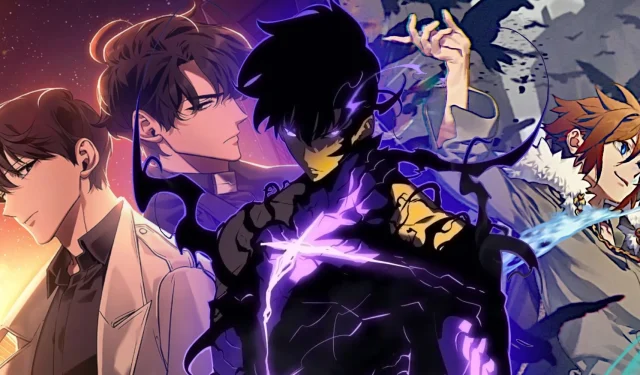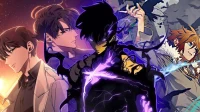As the popular anime adaptation of Solo Leveling draws to a close, its fellow manhwa (Korean webcomic) competitor, The Beginning After the End (TBATE), is attempting to rise to prominence. However, the first episode of TBATE may jeopardize its reputation before it even begins to carve out its place in the anime landscape. Announced for adaptation late last year, initial excitement from fans has waned since learning that TBATE is produced by a studio that lacks the robust pedigree that benefitted Solo Leveling.
It is important to emphasize that an animation studio should not be hastily judged before the final product is released, as there are always varying factors that can impact a project. Despite the lack of a high-profile backer or seasoned team, surprises can emerge. Unfortunately, early glimpses of TBATE’s first episode, showcased back in March, did little to quell fan concerns.
Long-Standing Rivalry: Solo Leveling and TBATE
Competing Webtoons: The Rise to Popularity
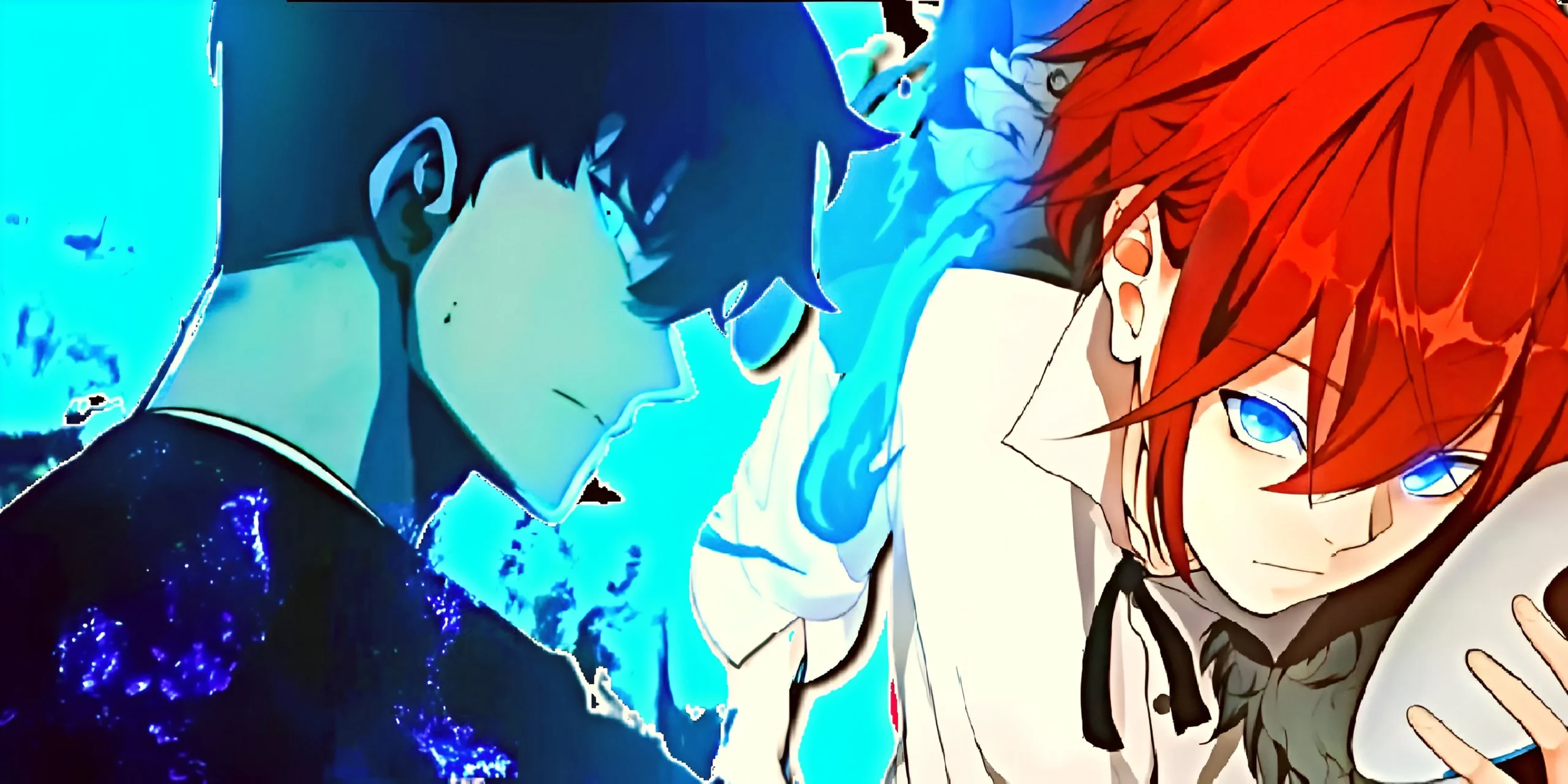
Both Solo Leveling and The Beginning After the End have been engaged in a rivalry that predates their anime adaptations. In fact, TBATE has garnered significant traction, particularly among Western audiences, outpacing Solo Leveling in terms of popularity. This success can be attributed to its whimsical fantasy elements reminiscent of The Lord of the Rings, while maintaining a uniquely Korean narrative infused with a rich power system and a traditional hero’s journey without overreliance on convenience plots.
Their contrasting reception upon the announcement of anime adaptations is surprising, likely influenced by the studios involved. Solo Leveling was backed by A-1 Pictures, renowned for its work on acclaimed series such as Fairy Tail, Your Lie in April, and Magi: The Labyrinth of Magic. In stark comparison, TBATE is being animated by Studio A-Cat, known for its involvement in less critically acclaimed isekai productions. This disparity in studio quality became painfully evident in the premiere episode.
TBATE’s Debut Episode: Initial Reception
First Trailer’s Anticipation and Concerns
Watch the First 2 minutes of The Beginning After The End Episode #01 Pre-Release!#TBATE pic.twitter.com/7F5e6Dvmym — The Beginning After The End (@TBATE_TV) March 30, 2025
The initial reveal of The Beginning After the End back in March stirred mixed feelings within the fanbase. While some viewers voiced discontent after the first 40 seconds, others maintained cautious optimism, hoping for a slow build-up. The debut episode was released exclusively on March 29, 12:00 p.m. PDT on YouTube, and subsequently available on April 2 on Crunchyroll, ultimately validating fans’ concerns.
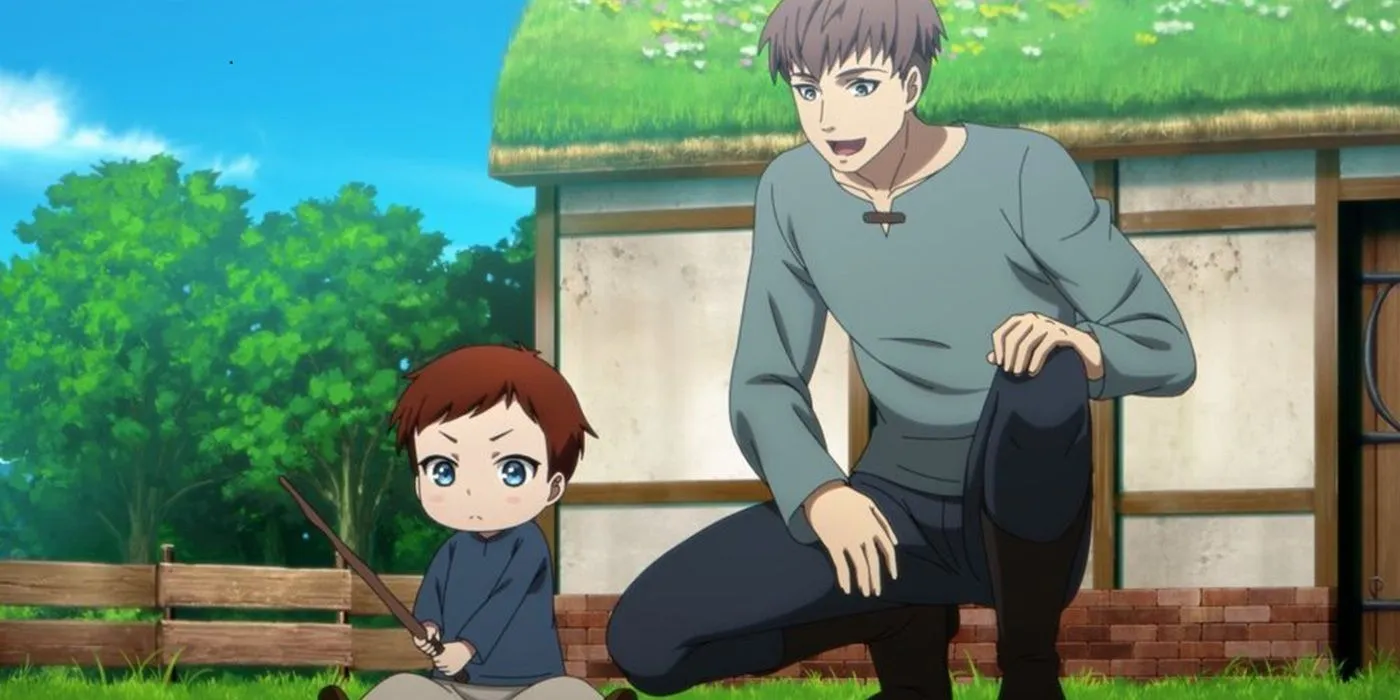
While the static images used in the anime display quality artistry, the overall execution raises issues of animation quality. Much of the premiere consists of stills that the camera simply pans over, with the battle scene featuring King Grey showcasing the little action present throughout the episode. In terms of animation, TBATE struggles to deliver, particularly when compared to other titles like Mushoku Tensei, which effectively utilized movement in its storytelling.
The low animation frame rate and reliance on CGI overlays contribute to a disjointed viewing experience, where any semblance of movement fails to engage. Even as fans await glimpses of characters like Sylvie—who appears to be beautifully rendered—CGI alone cannot compensate for the lack of relevant action and fluidity.
Given the high anticipatory bar set for TBATE, fans had hoped for a more engaging representation of Arthur’s early life. Although animation could have taken more creative liberties in this formative period, the studio opted for a less dynamic approach, leaving much to be desired compared to more ambitious adaptations like Mushoku Tensei.
Potential Resource Allocation for Future Episodes
Hope for Improvement in Upcoming Installments
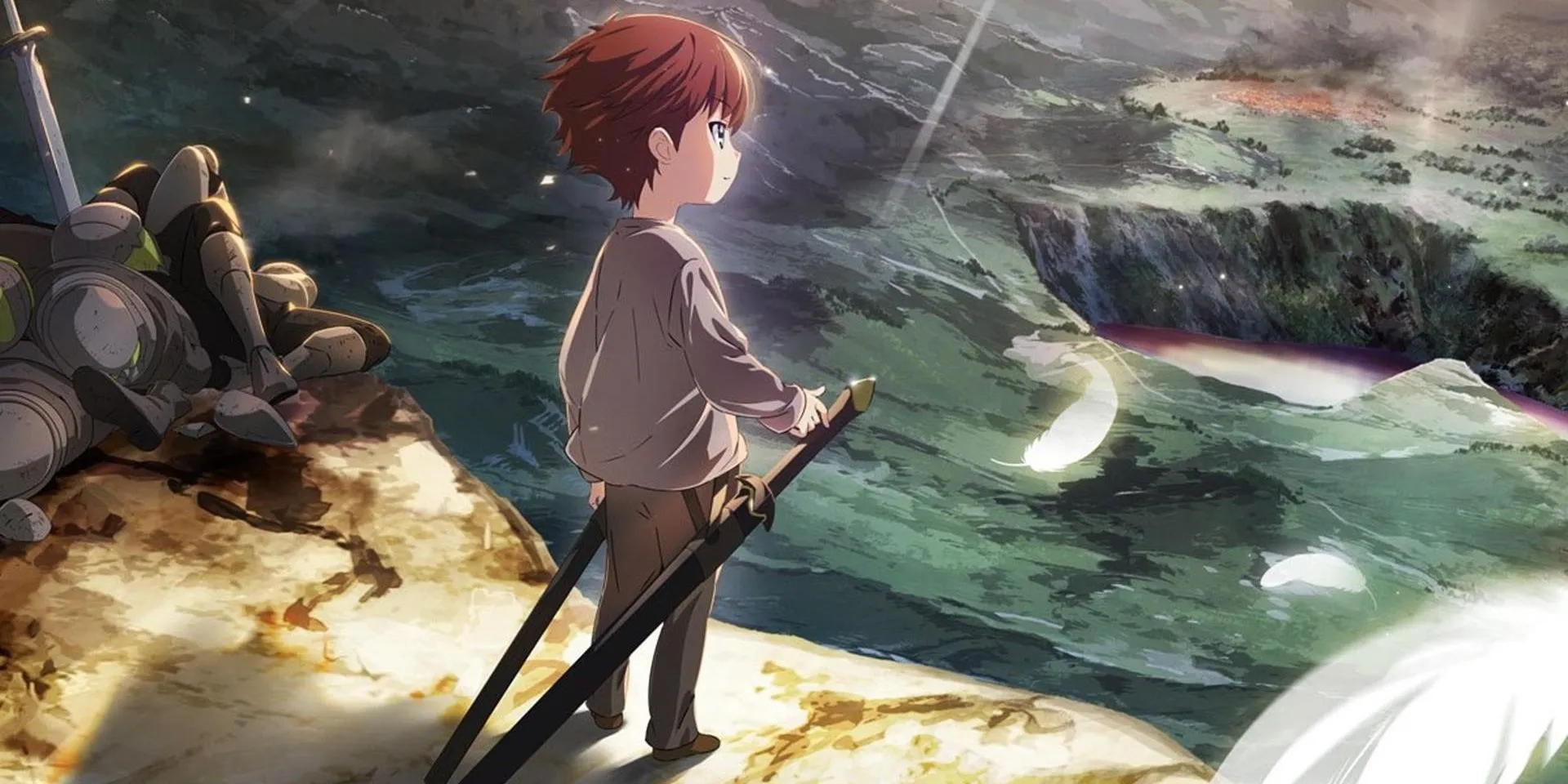
With the initial season of The Beginning After the End underway, it’s possible that Studio A-Cat is reserving resources for more significant scenes later on, such as pivotal plot points involving bandits or the introduction of major characters like Sylvie. This raises the question of whether such a strategy is justified when the success of an anime largely hinges on its reception from the very beginning. While fans are left to ponder whether it’s preferable to revisit the manhwa for a more cohesive experience, the source material remains a compelling narrative crafted by TurtleMe.
The manhwa not only offers a polished art style that improves with subsequent seasons, but it also provides deeper emotional resonance and engaging storylines that enhance the whimsical nature sought by readers. The Beginning After the End may not have had a triumphant anime debut, but readers are encouraged to explore the original work for a more rewarding experience.
